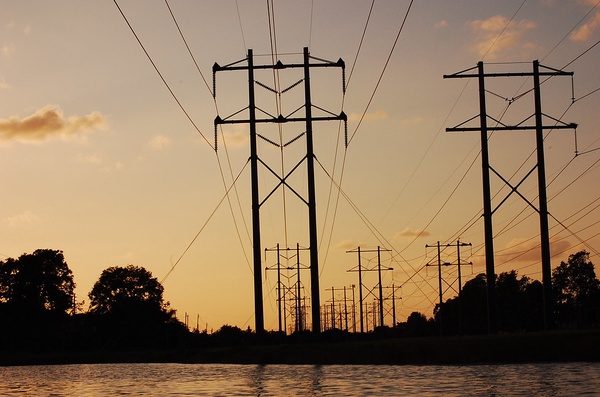President Biden announced Wednesday that he has nominated Massachusetts State Representative Maria Robinson to be the Assistant Secretary in the Office of Electricity at the Department of Energy.
Robinson was a rumored frontrunner for the open seat at the Federal Energy Regulatory Commission, but was ultimately beat out by corporate loyalist Willie Phillips. If confirmed, she will be a leader in the administration’s efforts to modernize and expand the country’s electric grid.
During her three years in the Massachusetts House, Robinson cosponsored a bill to transition the state to 100 percent renewable electricity and net zero carbon emissions across all sectors by 2030. She also cosponsored multiple bills intended to consider environmental justice communities throughout the transition process, and sponsored and cosponsored bills supporting electric vehicle infrastructure.
So far, so good. But Robinson has also advocated for the use of methane gas as a clean “advanced energy” option. She has said as much in presentations, blog posts, and even in a 2016 letter in the Philadelphia Inquirer titled “Clean Energy Produces Jobs, Too,” where she describes advanced energy as “wind, solar, and nuclear power; natural-gas generation.”
To be clear, methane gas, also known as fossil gas or, to use the greenwashing industry’s preferred term, “natural gas,” is undoubtedly a massive and dangerous contributor to global climate change. Methane gas as a fuel source in the US requires fracking. Fracking uses and pollutes drinking water, causes respiratory issues, causes toxic harm to pregnant people and their developing fetuses, sees spills and accidents with “disturbing frequency,” and releases the powerful greenhouse gas methane, which has more than 80 times the warming power of carbon dioxide over its first 20 years in the atmosphere, and which many studies say is worse for the planet than burning coal.
The fossil fuel industry has built a whole lobbying strategy in recent years around promoting methane gas as a “bridge fuel” to renewables. This is both harmful and unnecessary. The industry is desperate for methane gas to remain acceptable to a critical mass of the public for at least a few more years, understanding that building out expensive infrastructure now would likely have the effect of locking America into relying on it for decades to come in order to recoup the investment.
The use of methane, rather than truly renewable and emission-free energy sources, also would prevent the U.S. from meeting its minimum emission reduction target. Apparently no one has told President Biden this, judging by his August appointment of Amos Hochstein as an energy adviser in the State Department. As a recent Tellurian executive, Hochstein consistently propped up methane gas as a bridge fuel, even going so far as to publicly brag about the fossil fuel industry’s dirty secret: that “a bridge is not something where when you cross it you cut it off. A bridge remains.”
There are two central problems here, both of which have simple solutions. The first is Biden, who continues to stack his administration with homicidal (yes, driving climate change is literally homicidal) fossil fuel-aligned personnel. He could easily just, well, stop. He could listen to the loud and persistent voices of climate activists telling him exactly what needs to be done.
The second potential problem is Robinson’s support of methane gas as an advanced energy source. It is possible that her opinion has changed in the past several years, as scientific communication has caught up with industry lies. We certainly hope so — and expect the Senate confirmation process will make such an evolution abundantly clear.
In any case, if she gets to the Department of Energy, Robinson should not promote any electricity solutions that even remotely prop up the fossil fuel industry. She should know that the public will be watching, and we look forward to her leading the country into an environmentally and economically just clean energy future.
Photo: “Power lines at sunset” by GarrettTT is licensed under CC BY-SA 2.0

